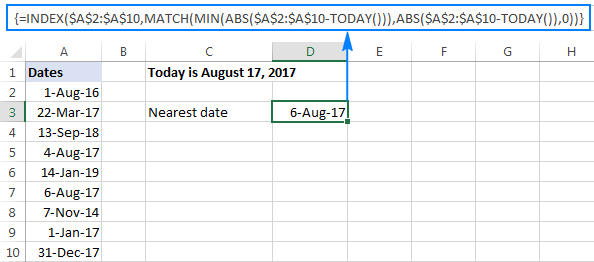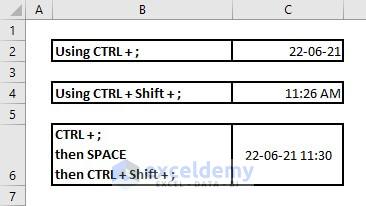

While this will enter a time into column A if the corresponding cell in column B contains something, it won't give satisfactory results because of how the NOW function works. If you want a more automatic approach, you might think that you could use a simple formula in column A, such as this: Provided the cell is formatted to show times in 24-hour format, you'll see the current time as you want it. The simplest way to go about this is to use Excel's built-in shortcut for entering the current time: press Shift+Ctrl+ (that's a semicolon). In approaching this problem, let's assume that you want the time stamp to go into column A and you'll be entering your "who, what, why," and other info starting in column B. This way she can save time from checking the clock to write down the time. When the cell next to it is empty, she wants her time stamp cell to be blank. She would like to create a worksheet that she can type into and have the time stamp automatically populate as soon as she enters text into the cell next to it in that row. She also needs to document the time (in 24-hour format) that the call came in. When a call comes in over the radio, she needs to document who, what, why, etc. I would love to see a fix that is not someone reposting either Fix 1 or Fix 2 that I have already commented on above.Donna needs to keep a log of activity that occurred throughout the day at her dispatch center. This, especially when doing very data-bulky operations (3) it's slower (the "working" icon spins many seconds), (4) all that execution time means Excel is manipulatingĪll of that data and since Excel has a track record of crashing at ironic times, I dislike jeopardizing business-critical data in such unnecessary moves. yes you can undo, but sometimes Excel decides to crash at inopportune times, like Really select last intentionally populated column? Just scroll down 2500 rows to find out!) (2) if something goes wrong, you just messed up giant portions of data. The columns get hopped rightward, starting at the column clicked on in stepīut I hate this work-around, because: (1) with large sheets, it can be tricky making sure you select your columns correctly (did you (So do not select any of the columns to the right of your last columns that contains anything.)Ĭ - Click on second column in the selected group of columns, to show Excel where you want to paste them to.ĭ - Ctrl-V (to paste). This works, but it's slow, awkward, and scary:Ī - Select every populated column left of the point you want to insert your new column. Work-Around - My only remedy is to copy-paste instead of insert column. I've tried making sure all rows and columns are unhidden too, just in case, but no luck. Early-on, this worked for me (a few times), but it's been a couple-few years since it worked. The posted fix is to select the whole sheet (ctrl-a), then auto-set the row heights by double-clicking on the margin line between any two rows, at the left of the spreadsheet. If the row heights have been manually changed.

Also, trying to insert a column produces the same error message.įix 2 - Another fix I've seen posted says that an occasional bug in Microsoft Excel (for years), once active, will always & immediately regenerate a false value for last-used cell, (no many how many times, or in what manner you clear it) You can confirm this by typing ctrl-end, which goes to last used cell, and this is always last-possible column in the spreadsheet. Ctrl-shift-arrow-down to select all columns meant to be empty. Ctrl-shift-arrow-right to select all columns meant to be empty. The standard recovery tips I've seen don't work:įix 1 - Go to last intentionally populated column.  .
.

Excel incorrectly reaches that conclusion (see title of post) for me semi-regularly on some very large, complicated Excel files.


 0 kommentar(er)
0 kommentar(er)
